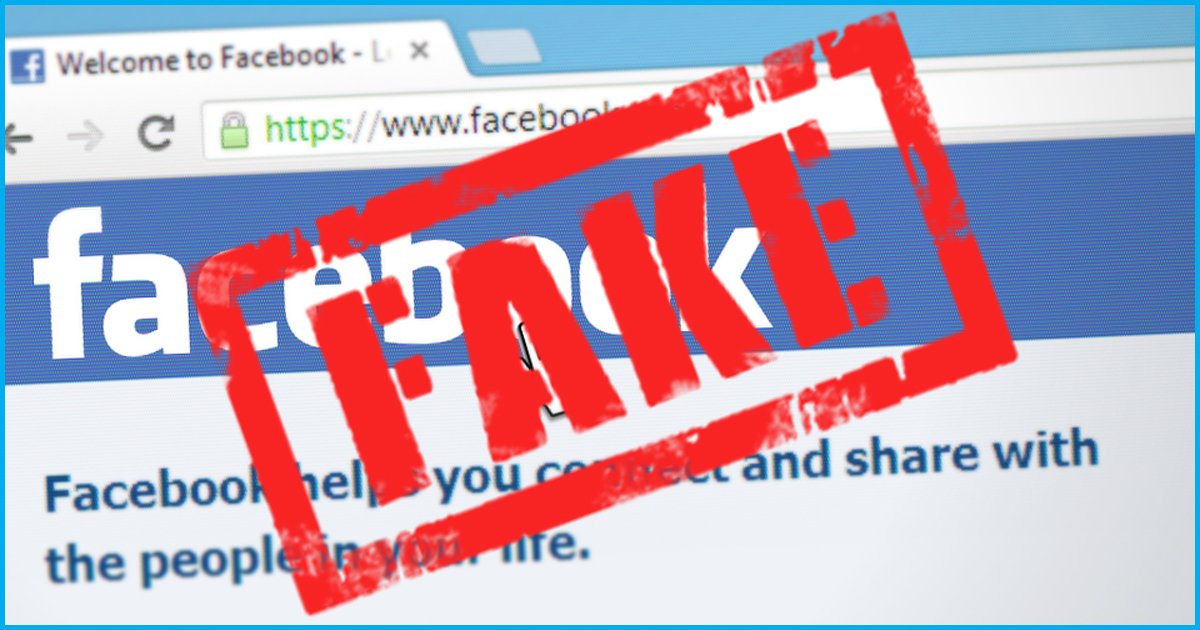
Facebook Introduces 'Related Article' Tool to Control Fake News
27 Dec 2017 5:40 AM GMT
In a fresh announcement, Facebook said that to control fake news being shared on this platform, it will now use the Related Article tool. Under suspicious or unconfirmed articles, there will be a list of related articles. The Related Article tool is set to replace the disputed flag which was a red flag used to identify false news. Academic research has shown that putting a strong image like that of a red flag may entrench deeply held beliefs, which is opposite effect of what it intended. Facebook came up with this idea in April this year and tested it till August, and it was found that it was fewer people shared unconfirmed news when related articles were posted under it, than when a disputed flag was shown.
Related Article Tool
Facebook CEO, Mark Zuckerberg for the longest time denied fake news being spread widely through his platform. He said,” Personally, I think the idea that fake news on Facebook… influenced the election in any way is a pretty crazy idea”. After coming under severe criticism during US Presidential Elections for being used to spread fake news, the team at Facebook started to take strict actions against the same.
The feature of showing related article is not new to Facebook. Facebook had started showing related articles way back in 2003 to boost website traffic, that is, whenever a user reads an article, he/she is presented with other related articles at the bottom. However, this is the first time; this feature is being use to combat fake news. The only change we would see with this feature is that the user will be shown related articles before reading a shared story placing the recommendation list beneath the shared link in a user’s news feed. Sara Su, product manager at Facebook, said,” That should provide people easier access to additional perspectives and information, including articles by third-party fact checkers.”
Commenting on how this is going to help, the representatives said,” This will not directly impact the news feed in the near term. However, it may help better measure our success in improving the quality of the information on Facebook over time. Demoting false news (as identified by fact checkers) is one of our best weapons because demoted articles typically lose 80 percent of the traffic. This destroys economic incentive spammers, and troll farms have to generate these articles in first place.”
The related news feature is proved to be better than the red flag for many reasons. The red flag possibly had a counter effect on the user, since it entrenched their deeply held beliefs. Other than that, simply marking the something false did not necessarily change opinion about the accuracy of the post. The disputed flag tool required two fact checkers. If both the fact checkers dismissed the piece of information to be false, only then it was marked with a red flag. The other shortcoming of this tool was that there were no fixed rules for news pieces which were partly true. Ratings, in this case, were not satisfactory. Facebook in its statement said,” Related Articles, by contrast, are simply designed to give more context, which our research has shown is a more effective way to help people get to the facts.”
The Trust Project
The Trust Project is a consortium of top news companies led by award-winning journalist Sally Lehrman, aimed at providing transparent standards and promoting credibility in journalism.
Many platforms like Facebook, Twitter and Google etc., in a bid to combat fake news has joined hands with The Trust Project. As part of his, an icon will appear next to the articles in the Facebook News Feed. Upon clicking on the icon, it will render all the information on the organisations’ ethics and the journalists’ background.
Why Fight Against the Fake News is Important
With a large number of audience to which Social Platforms cater to, it’s very easy for any piece of news, irrespective of whether is it fake or genuine to spread like wildfire. Fake news has attractive and eye-catching headlines or entirely fabricated news to increase the readership.
Many times, the outcomes of the fake news have been ghastly. There have been many instances where fake news incited violence, caused harm to property and even resulted in the death of innocents.
When the currency notes of Rs. 500 and R.1000 were scrapped, and new Rs.2000 notes were introduced, many portals shared fake information about the new notes embedded with GPS chips, which would allow tracking of the notes.
In November 2016, a rumour about the shortage of salt led to an actual increase in the price of salt and made people stock up on salt. In some part of the country, it led to a four-fold rise in the price.
In May 2017, fake news circulated through WhatsApp about the abduction of school children in Jharkhand. A mob of 500 people attacked passerby, and it resulted in the death of seven men. Later during the investigation it was found that not even a single child was abducted and those killed were innocent.
These cases are equivalent to a drop in the ocean. There have been many such cases which have been reported. Even the most educated people at times fall prey to these fake news. It is important that people apply their discretion and judgement before forwarding a piece of news on social media. The step taken by Facebook in countering this problem is appreciable, and hopefully, it will bring a positive change.
 All section
All section













